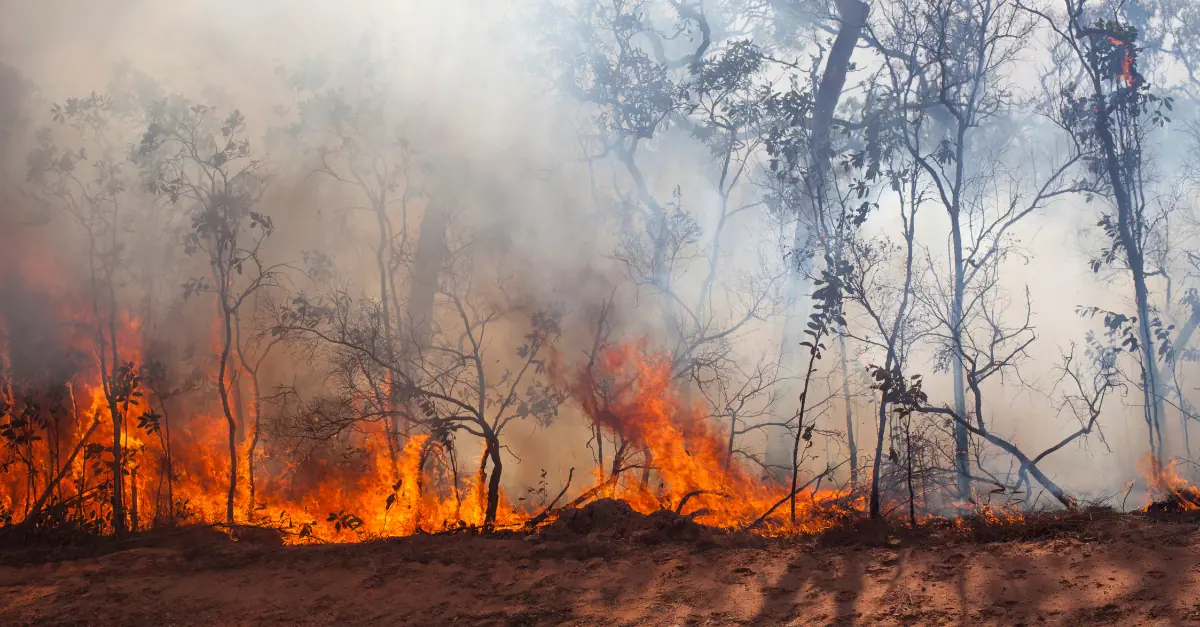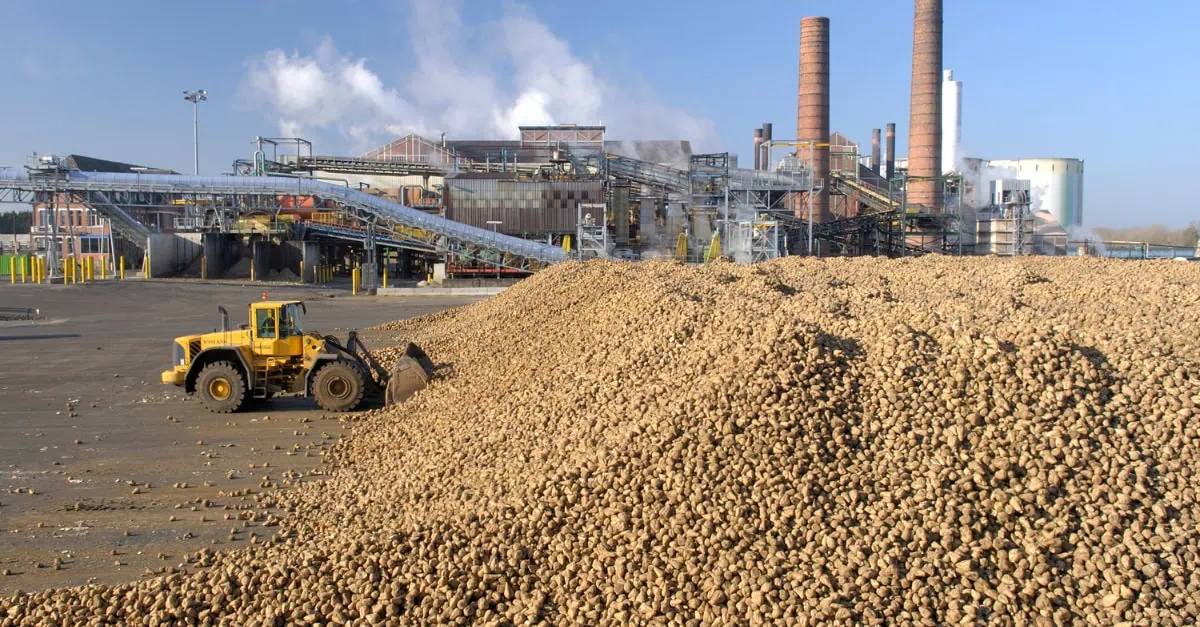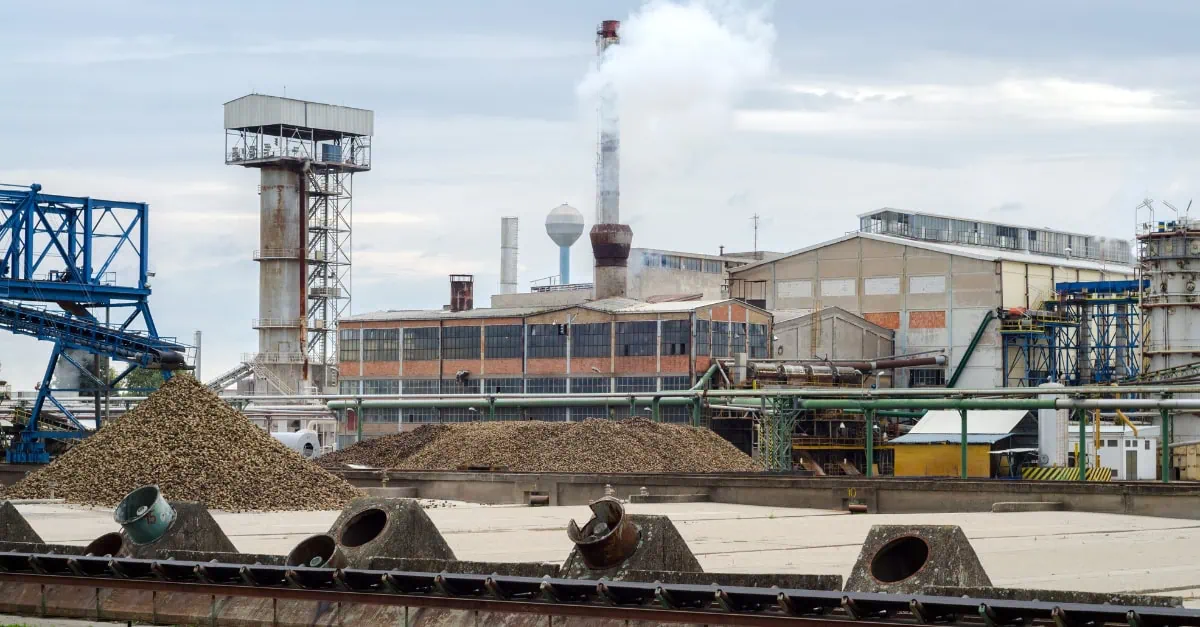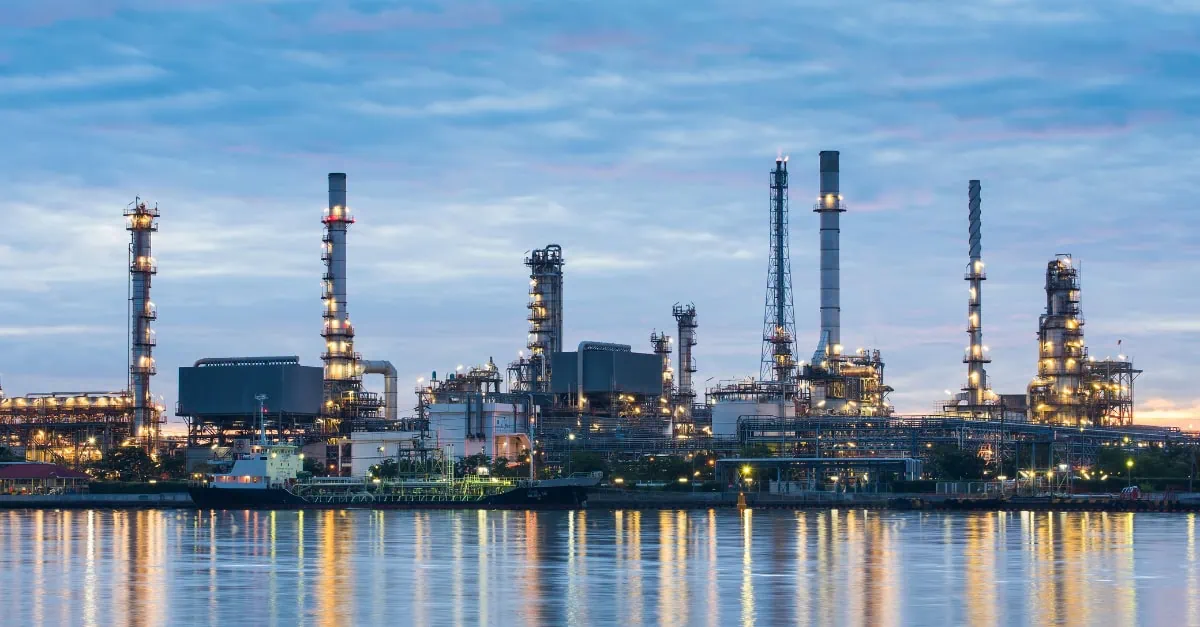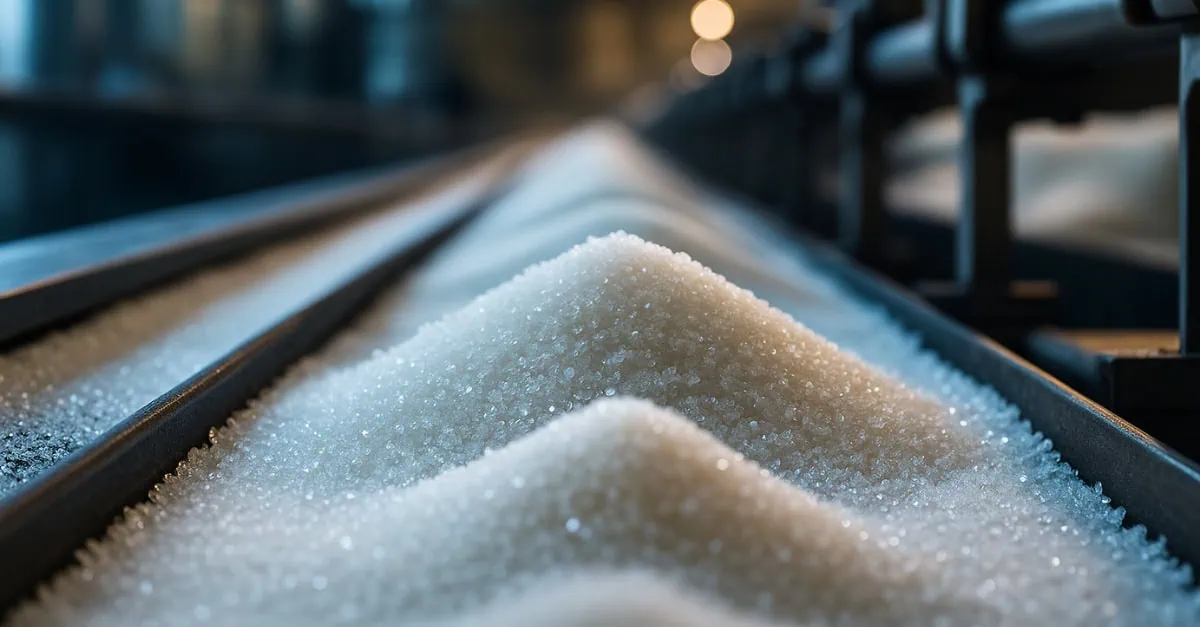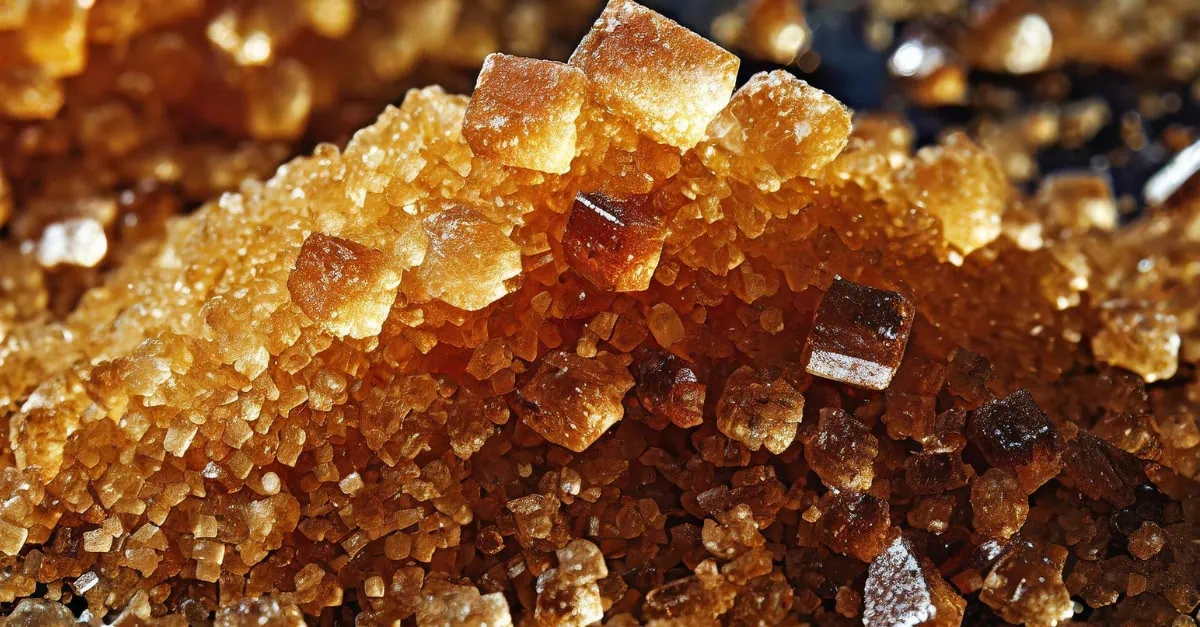In the midst of recent sugar price volatility, the global market’s attention is firmly focused on the unfolding situation in Brazil. The country’s sugar industry is grappling with a series of adverse events, notably a significant increase in fires across major sugarcane-producing regions, exacerbating the effects of a prolonged drought. Since April, the drought has already raised alarms, but the recent fires have worsened the outlook.
According to the Organization of Cane Producers Associations in Brazil (ORPLANA), over 2,000 fire outbreaks were recorded between Friday and Saturday alone. These fires scorched approximately 59,000 hectares, which amounts to about 1.5% of São Paulo State’s total area, a critical zone for sugarcane cultivation.
The market is now anticipating a revision of production forecasts, which could have ripple effects on the global sugar supply chain. There is growing concern that the combined effects of the drought and fires will extend into the 2025/26 crop season, further tightening supply expectations.
Production Declines in July and August
Recent data reflects a downward trend in sugar production. The Centro de Tecnologia Canavieira (CTC) reported that agricultural yields in the Center-South region averaged 86.6 tonnes per hectare in July, a significant decline of 12.2% compared to the same period in the 2023/24 season. From April to July, cumulative yields fell by 5.6%, dropping from 94.0 to 88.7 tonnes per hectare.
The situation did not improve in August. The União da Indústria de Cana-de-Açúcar (UNICA) released figures for the first half of the month, showing a cane crush of 43.83 million metric tonnes (MMT) in the Center-South region. This represents a steep 8.57% decline compared to the same period last year. While the Total Recoverable Sugar (TRS) rate saw a marginal increase of 1.25% year-on-year to 151.09 kg/tonne, the sugar mix fell by 1.53 percentage points to 49.27%, leading to a sugar production decrease of 10.24% year-on-year to 3.11 MMT. Ethanol production also dropped by 2.19% year-on-year to 2.29 million cubic metres.
Impact on Sugar Prices and Market Sentiment
The production declines and the ongoing challenges in Brazil have had a direct impact on sugar prices. As of 27th August 2024, the prices for different types of sugar saw noticeable increases:
- Crystal Sugar: The price for Crystal Sugar (BR Partner Price FOB Brazil) rose to USD 515 per metric tonne.
- Refined Sugar: Similarly, Refined Sugar (BR Partner Price FOB Brazil) also increased to USD 515 per metric tonne.
- Raw Sugar: The price for Raw Sugar (BR Partner Price FOB Santos) climbed to USD 427 per metric tonne.
Analysing the Price Forecast
The outlook for the Center-South Brazil sugar market remains cautiously optimistic for producers, as the ongoing drought, recent fires, and heightened certainty of reduced production forecasts are expected to tighten supplies. Despite an earlier increase in production, the recent drop in output and worsening agricultural conditions have led to downward revisions in production estimates. With mills potentially slowing their crushing pace further, the prospect of smaller-than-expected sugar availability is adding upward pressure to market prices. This scenario is creating a more favourable environment for price support in the coming months, which is also supported by Vesper’s AI-pricing forecast below.
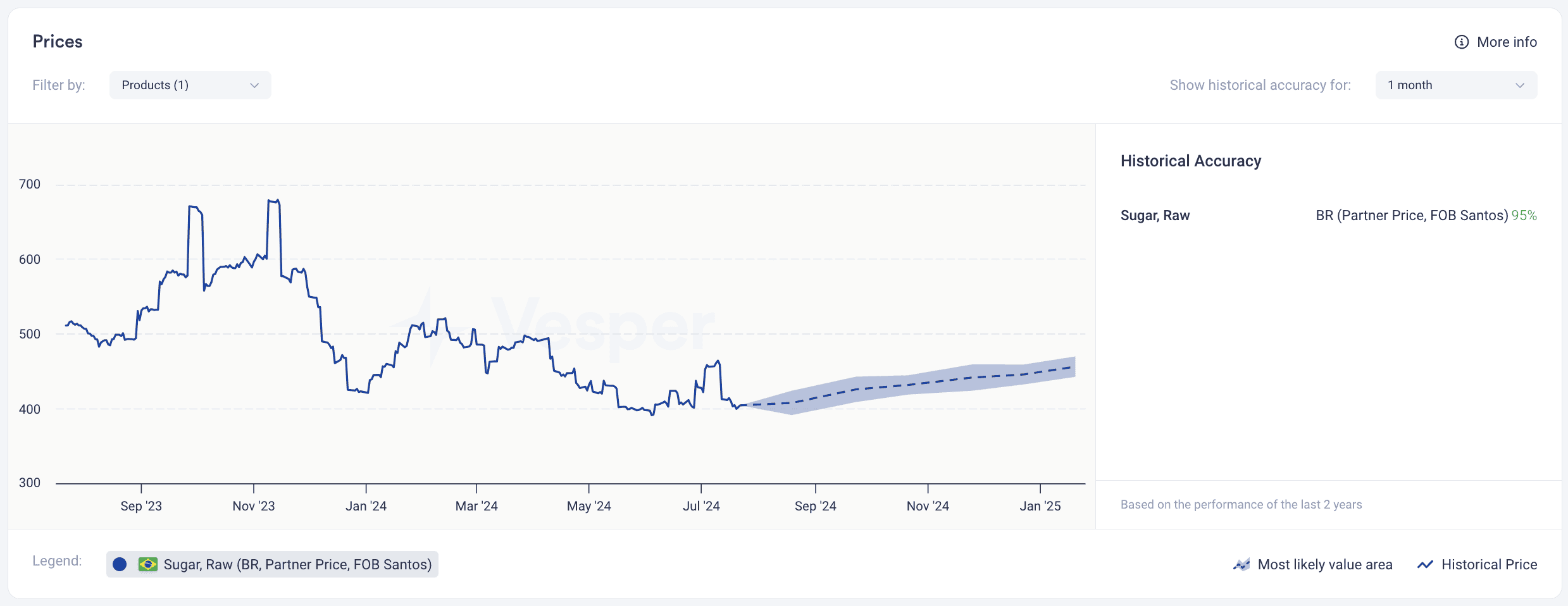
For more insights into the global sugar market, download our full market analysis for free.
